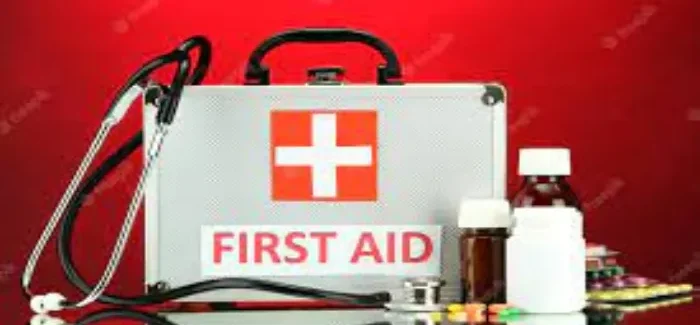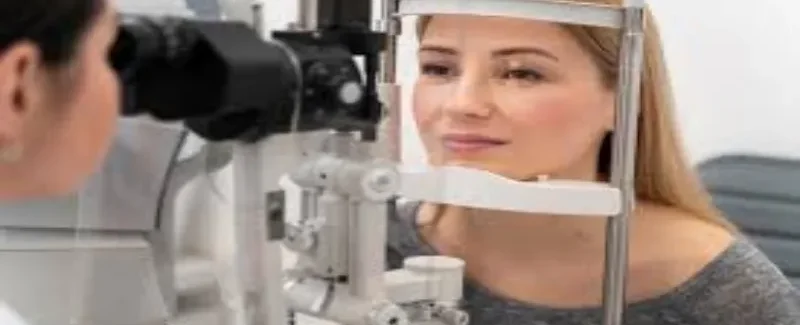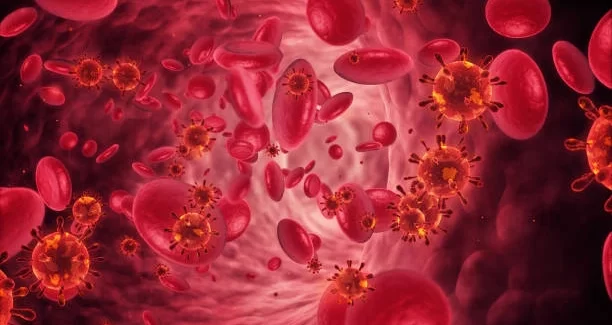Dehydration In Summer: Here’s How To Increase Your Water Intake Effortlessly

Posted Date: June 30th, 2023
Dehydration In Summer: Here’s How To Increase Your Water Intake Effortlessly
Dehydration is a condition where from more fluid leaving the body than is taken in. It is a common but preventable health issue, particularly during the hot summer months. The increased heat along with outdoor activities and increased physical exertion can lead to an elevated risk of dehydration.
To maintain the body’s basic functions water is a crucial component. It regulates body temperature, lubricates joints, helps with digestion and aids in the transport of nutrients throughout the body. During the summer the body uses the process of perspiration to cool itself, leading to a higher loss of water and electrolytes. If this lost water is not replaced, the body can quickly become dehydrated.
Dehydration can range from mild to severe. Early signs of dehydration include feelings of thirst, dry mouth and decreased urine output with a darker yellow color. Other symptoms may include fatigue, headache, dry skin and dizziness.
As dehydration progresses, symptoms can become more severe, potentially leading to serious complications. These are signs of dehydration
1. Extreme thirst
2. A lack of perspiration
3. Very dry mouth and mucous membranes
4. Sunken eyes
5. Rapid heartbeat
6. Rapid breathing
7. Low blood pressure and in extreme cases
8. Delirium
9. Unconsciousness.
Severe dehydration is a medical emergency that requires immediate attention.
During summer it’s crucial to pay special attention to hydration. Especially when engaging in physical activities, spending time outdoors in the heat or if you are at a higher risk of dehydration such as older adults, infants and people with chronic illnesses.
To prevent dehydration ensure you are consuming enough fluids throughout the day. Water is generally the best choice but other beverages and foods can contribute to your total fluid intake. Fruits and vegetables like watermelon, strawberries, cucumbers and lettuce are high in water content. Also, drinks like herbal teas, fruit juices and milk can help with hydration.
When you are engaging in strenuous activities especially in the heat, an isotonic sports drink that contains electrolytes can be beneficial. These drinks help replace electrolytes lost through sweating. However, they often contain sugar, so they should be used judiciously.
Furthermore while ensuring adequate fluid intake, it’s also important to protect yourself from the heat. Wearing lightweight, loose, light-colored clothing can help reflect heat and maintain body temperature. Limiting outdoor activities during the peak heat of the day, typically around mid-afternoon can also help reduce the risk of dehydration.
In conclusion, dehydration during the summer is a serious concern that requires proactive measures to prevent. Regular fluid intake, a diet rich in hydrating foods and sensible behavior in the heat can help ensure that you stay hydrated and healthy during the summer months.
Dehydration is a common issue in summer due to increased sweating and fluid loss. However staying hydrated does not have to be a chore. Here are some strategies to increase your water intake effortlessly:
1. Keep a Water Bottle Handy: Always having a water bottle nearby makes it easier to remember to drink. Opt for a reusable bottle you can refill throughout the day and if you spend a lot of time at a desk, keep it there to remind you to drink.
2. Add Flavor to Your Water: If plain water doesn’t appeal to you, try adding some natural flavor. You can infuse your water with fruits like berries, lemon or lime. Fresh herbs such as mint or basil can also add a refreshing twist.
3. Hydrate with Food: Many fruits and vegetables have high water content, which can contribute significantly to your hydration. Watermelon, strawberries, cucumbers and lettuce are excellent examples. Incorporate them into your meals or snacks.
4. Drink Other Fluids: Besides water, other drinks like herbal tea, fruit juices or milk can contribute to your daily fluid intake. Remember to consume sugary drinks in moderation.
5. Eat More Soups and Broths: Soups and broths are a great way to increase fluid intake, especially for meals. Opt for clear soups for a lighter choice.
6. Use an App: There are many hydration reminder apps available that can help you track your water intake and remind you to drink regularly.
7. Set Drinking Goals: This could be as simple as deciding to drink a glass of water every hour or setting a daily intake goal. Keeping track can motivate you to drink more.
8. Drink Before You’re Thirsty: Thirst isn’t always the most reliable indicator of your body’s fluid needs. Try to drink regularly and don’t wait until you’re thirsty.
9. Hydrate Before, During and After Exercise: Physical activity increases your need for water. Make sure to drink before you start, take breaks to drink during and rehydrate once you’re done.
10. Choose Beverages That You Enjoy: You’re more likely to drink fluids if you enjoy them. Find healthy beverages that you love and keep them on hand.
11. Match Any Alcoholic Beverage with a Glass of Water: Alcoholic drinks can be dehydrating. So it is a good idea to drink a glass of water with each alcoholic beverage.
12. Make It a Habit: Incorporate drinking water into your daily routines. For example, have a glass of water after every bathroom break, before each meal or right after you wake up.
By following these strategies into your daily routine you can ensure you maintain good hydration levels. These strategies during the hot summer months reducing the risk of dehydration and helping to keep your body functioning optimally. Remember everyone’s hydration needs can differ depending on various factors so adjust these tips as necessary to suit your needs.







